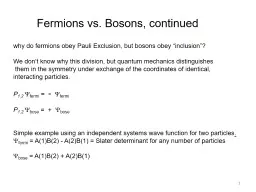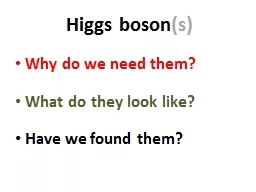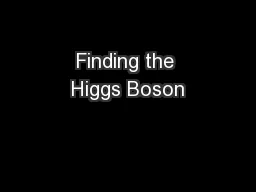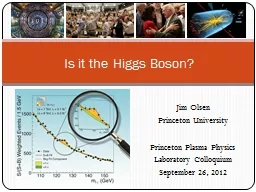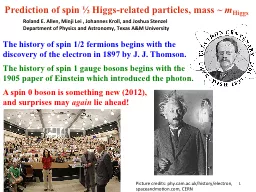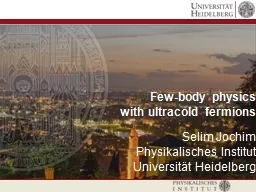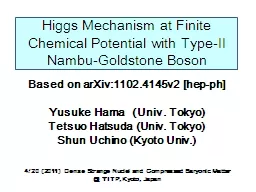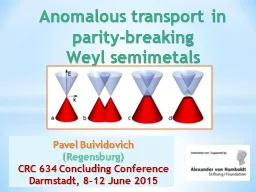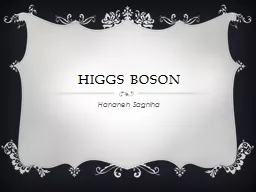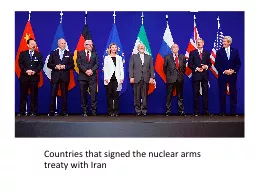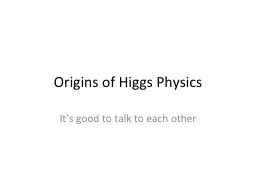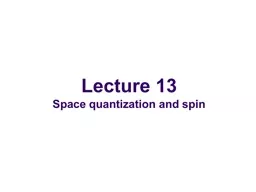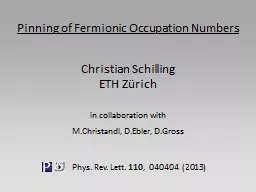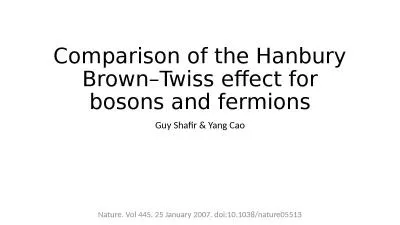PPT-1 Fermions vs. Bosons, continued
Author : calandra-battersby | Published Date : 2017-10-03
why do fermions obey Pauli Exclusion but bosons obey inclusion We dont know why this division but quantum mechanics distinguishes them in the symmetry under exchange
Presentation Embed Code
Download Presentation
Download Presentation The PPT/PDF document "1 Fermions vs. Bosons, continued" is the property of its rightful owner. Permission is granted to download and print the materials on this website for personal, non-commercial use only, and to display it on your personal computer provided you do not modify the materials and that you retain all copyright notices contained in the materials. By downloading content from our website, you accept the terms of this agreement.
1 Fermions vs. Bosons, continued: Transcript
Download Rules Of Document
"1 Fermions vs. Bosons, continued"The content belongs to its owner. You may download and print it for personal use, without modification, and keep all copyright notices. By downloading, you agree to these terms.
Related Documents

